Over the last decade, second-hand luxury timepieces have taken the online retail world by storm, with prices climbing as collectors clamor for rare editions.
Credit the internet; credit online social media platforms, which have made the world a smaller space; credit astute businesspeople and watch collectors alike. You can credit all of these factors from the past couple of years — and even, unfortunately, the Covid-19 pandemic — with the incredible growth of online luxury watch sales. Throughout the past decade, people have been exposed to so much online discussion about watches and watch collecting that they’ve been able to self-educate like never before.
While typical brick-and-mortar stores have always been the go-to purchase place for luxury timepieces and even mainstream fine watches, they are currently getting a run for their money from online watch-selling platforms that are now dipping their toes into the pre-owned market.
“The biggest change we’ve seen is the amount of knowledge that the customer has and is able to obtain online in the privacy of his or her home,” says Danny Govberg, owner of Govberg Jewelers, a chain of brick-and-mortar stores. Five years ago, he founded WatchBox, now one of the largest global luxury watch-buying and -selling platforms. “We don’t want WatchBox to be a click-and-buy destination. We want our customers to talk to our advisors, who can guide them on their purchases and interact with them. This gives them confidence and encourages them to buy, sell and trade in later on down the road.”
In fact, Govberg says, his online team members are all customer counselors and advisors, not sales associates, because customers today know about watches and just want gentle guidance from a trusted source. The fact that he could grow a global online platform — with an inventory he is capping at $200 million — in just five years is a true signal of the changing times.
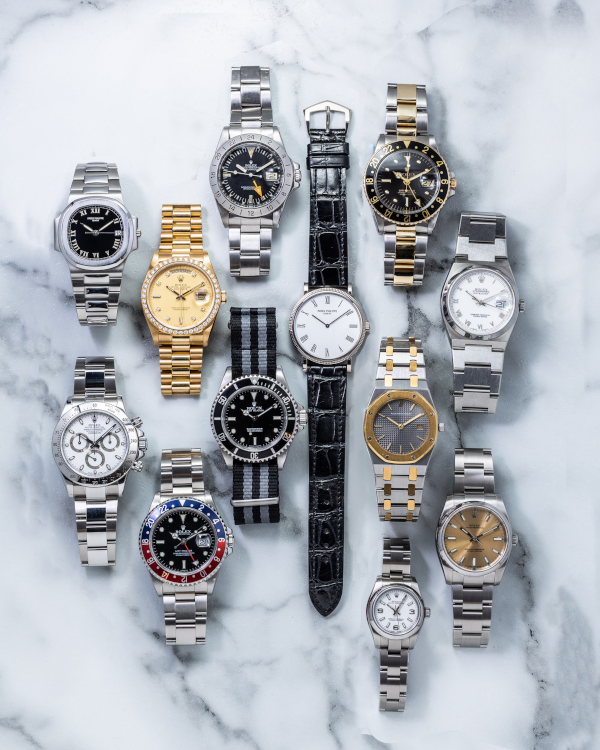
Getting in on the action
Customers becoming more self-educated and interested in timepieces may not have been enough to fuel the growth of this sector alone, but a few other cultural changes have come into play. For one thing, over the past decade, we have witnessed more and more important watches selling at auction for unheard-of prices in the multimillion-dollar realm. Naturally, this makes collectors and enthusiasts wonder what they could be missing and has encouraged them to dabble in the vintage segment. Additionally, with the world coming together on social media as never before, we are witnessing the rise of collector groups such as Red Bar — now with chapters around the globe — and Collective Horology. These and others have been set up to help fellow watch lovers learn, share knowledge, and even buy and sell watches.
The pre-owned and vintage sector attracts millennial and younger audiences on two levels. Millennials tend to love nostalgia, so seeing a vintage watch on a cool celebrity from decades ago can motivate them to hunt for it. And because today’s consumers are putting more of an emphasis on sustainability, they recognize that a mechanical watch is one of the most sustainable products, as it can be passed down for generations.
“A couple of years ago, watch brands were still trying to get their heads around this online selling of luxury goods, and retailers were trying to figure out how to take part in this,” says Tirath Kamdar, luxury goods director at eBay, which sells watches and jewelry alongside everything from pre-owned handbags to designer clothes. “We found that consumer behavior is changing, and we have to answer to that. There’s a major shift in people wanting sustainability, wanting to recycle things in the market, and the next generation of consumers is driving the ship. So we have to be right on target in our messaging.” Kamdar notes that eBay’s watch division has witnessed 38% growth so far this year compared with last year.
Growth has also stemmed from Covid-19 passion-buying. Demand was already high for vintage watches, but with collectors locked indoors, unable to travel or eat out as they usually would, they indulged in their other interests. Watches were snapped up in both the new and used markets. Between that and the fact that watch brands were forced to close their doors and shutter production for several months, shortages emerged.
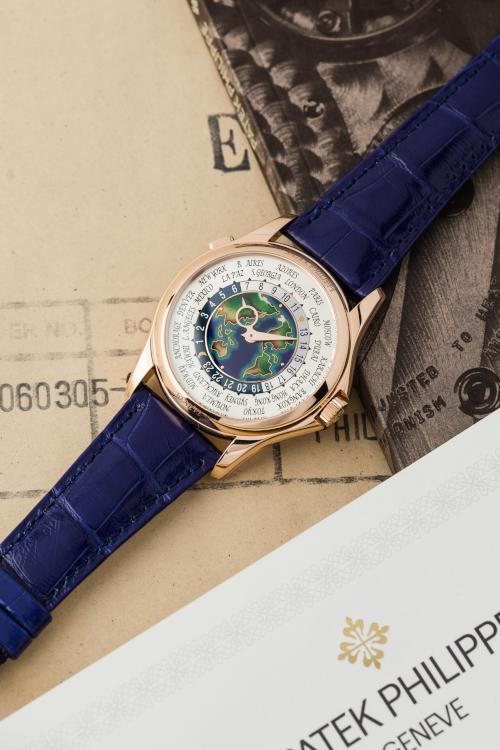
Hot property
As in all arenas, the laws of supply and demand come into play. The product shortages have led to higher prices, even in the realm of new watches. The most exclusive watch brands, such as Patek Philippe, Audemars Piguet, Vacheron Constantin and even Rolex, have an unwritten waiting list for their wares, which are typically always in demand but produced in limited numbers. Only their consistent repeat buyers can even hope to get the newest limited-edition pieces in their hands.
This has sparked big discussion and bigger buying changes, with die-hard collectors buying new models they don’t really want just to get on those lists. Many collectors, unable to find what they want in the new watch lineup, have turned to the pre-owned market in frustration, driving prices sky-high.
Demand for pre-owned watches is so robust that “customers don’t ask anymore how much is it, they only ask, ‘Do you have it?’” says Paul Altieri, founder of Bob’s Watches, one of the original online luxury watch retailers. “The watches that once we used to sell at 25% to 30% below what new prices would be are now selling for a premium. We charge more because that’s where the market is. We don’t control the market; we answer to it. We have to buy our watches from the public and then sell them back to the public. We are guided by the market prices.”
One of the biggest issues with supply and demand is that consumers have to be willing to sell or trade in their existing watches, and until they do, inventory will be low and prices will be high. The online sellers that spoke with Rapaport Magazine weighed in on the jump in average retail prices for luxury pre-owned watches.
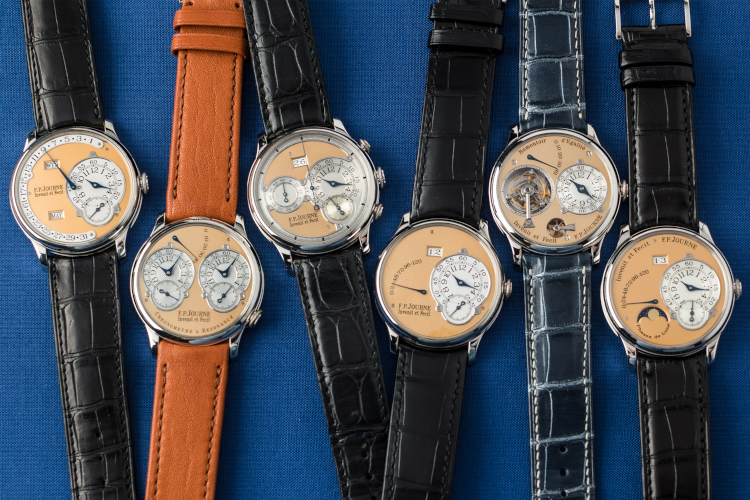
Govberg — who easily has one of the largest global inventories of luxury timepieces retailing for more than $100,000 — says his average price went from about $8,000 to $13,000 a few years ago to about $15,000 to $30,000 today, with many watches selling for more than $100,0000. “It is not unusual for us to sell several $100,000 watches in a single day,” he reports.
In 2020, in order to get into the pre-owned business in a larger way, Watches of Switzerland purchased Analog Shift, a highly respected purveyor of vintage and pre-owned timepieces. Today, business is up “significantly year on year. Probably about 200%,” says David Hurley, CEO of Watches of Switzerland in America.
“We have to remember that this was a relatively small business for us as a component of our overall business, until now,” Hurley continues. “We were honest enough to admit that we don’t know what we don’t know, so we teamed with the best. They are credible, knowledgeable and able to certify the inventory. Still, in terms of the overall size of the pre-owned business in America in general, it is pretty opaque. There aren’t any real hard numbers that exist.” Watches of Switzerland is further investing in a by-appointment-only salon in New York for pre-owned timepieces. Those successful in the online secondhand market have implemented some important business practices. Top among them: offering certifications, authentications and extended warranties.
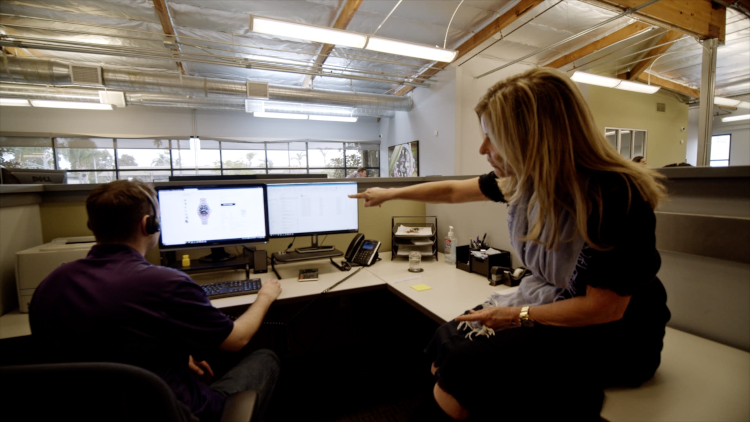
Bob’s Watches has three sets of evaluations for authenticity, which the company performs on every watch it sells. It also offers a lifetime authenticity guarantee and additional third-party guarantees. “Trust is key,” says Altieri. “For our customers, the most important thing is trust, and we have 60% of our customers buying from us because we are the real deal, we are authentic and are going to do what we say. The second most important consideration for our consumers is that we have what they want, and 22% of our customers say they buy for the inventory.”
Only 18% say they buy for price, he adds, suggesting that cost is less of a factor in the vintage market than is often assumed. Kamdar agrees that “one of the biggest things we have to offer our customers is trust, transparency and verification. It’s why we established our authenticity guarantee last year. Now every watch is verified and authenticated if it is over $2,000 retail, and the customer gets a digital certificate with it.”
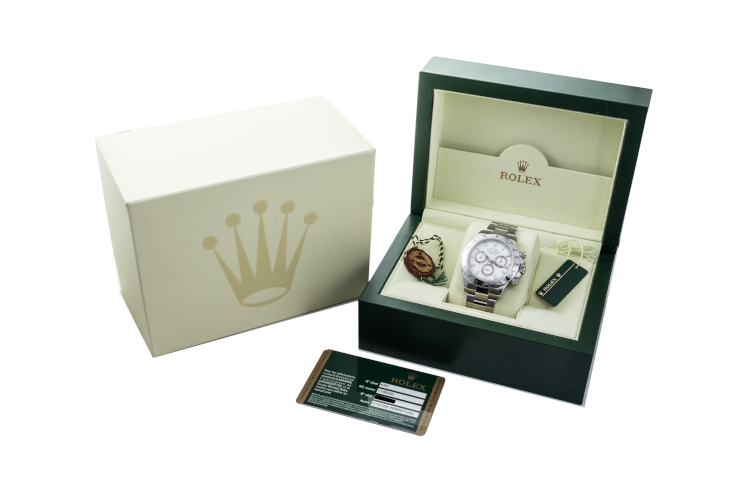
Seeking a platform
For those not already in the pre-owned platform space, some options exist. eBay is opening its doors to brands and retailers, according to Kamdar. “We can help them reach 159 million people. That is the power eBay has, so if brands can’t do it on their own, they can work with us. We don’t own the inventory; we don’t sell it with our name on it. We actually highlight the retailers, and they build their own brand name on our platform.”
Other companies that were not previously considered online trading platforms for used watches are also recognizing the opportunity in this market. For instance, Hodinkee, a site that began as a media platform and added limited-edition special watch sales, recently purchased Crown & Caliber, a successful online pre-owned business run out of Atlanta, to add secondhand goods to its repertoire. This snapping up of e-commerce sites further underscores the incredible growth expected in this arena.
And as the profile and price of vintage and pre-owned watches grows online, sellers are now starting to examine the semantics of marketing these timepieces. “A discontinued Warhol painting that is 50 years old isn’t used. Neither is a 10-year-old F. P. Journe watch that has barely been worn and can’t be found anywhere any longer except online,” says Govberg. “We have to stop referring to these items as used, pre-owned and secondhand.”
INSIDERS’ VIEWS

Paul Altieri, Bob’s Watches
“We deal predominantly in Rolex and Patek, and for both of these brands and others, the demand for sporty steel watches has been red hot, and prices have been, too. But we are also seeing a call for gold watches in the over-$30,000 category pick up a lot in the past year and a half. Best-selling brands for us are Rolex, Patek and Audemars Piguet.”

Danny Govberg, WatchBox
“The brands that are performing well are naturally Rolex and Patek [Philippe]. But we also have adventurous buyers who want something different, and they are buying the independent brands like MB&F, Gronefeld and
H. Moser & Cie. They’re not afraid to spend $100,000 and up.”

Tirath Kamdar, eBay
“We are definitely seeing the watches above $10,000 to $14,000 skyrocket. You used to be able to get a Rolex Submariner for $8,000, but those days are over because of the growth in prices. We also sell a lot of high complications from Patek Philippe and even Richard Mille to customers who want those luxury watches they can’t get anymore.”

David Hurley, Watches of Switzerland/Analog Shift
“We find that the brands that are in high demand new in the stores are the same ones that perform on the pre-owned market. While Rolex, Patek and Audemars Piguet are important, we are seeing Cartier becoming a bigger sensation, and vintage Tudor is performing well for us. The average pre-owned sale is $12,000 to $13,000, but that varies based on supply.”
Main image: Watches from Analog Shift / Watches of Switzerland.

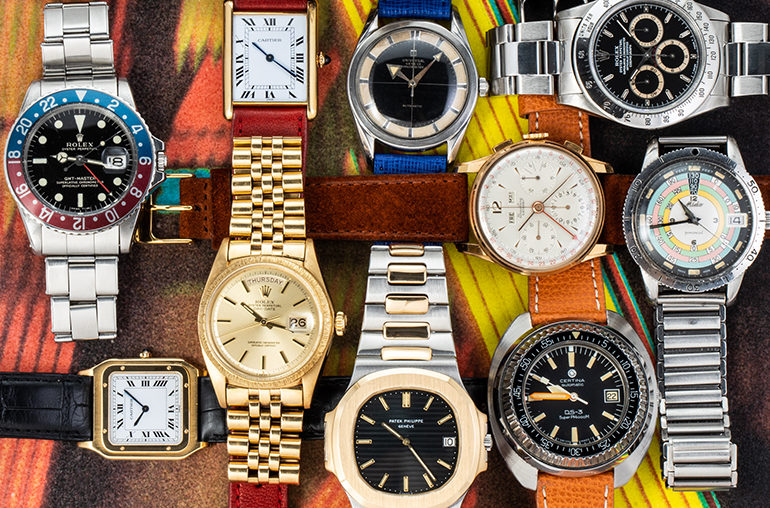
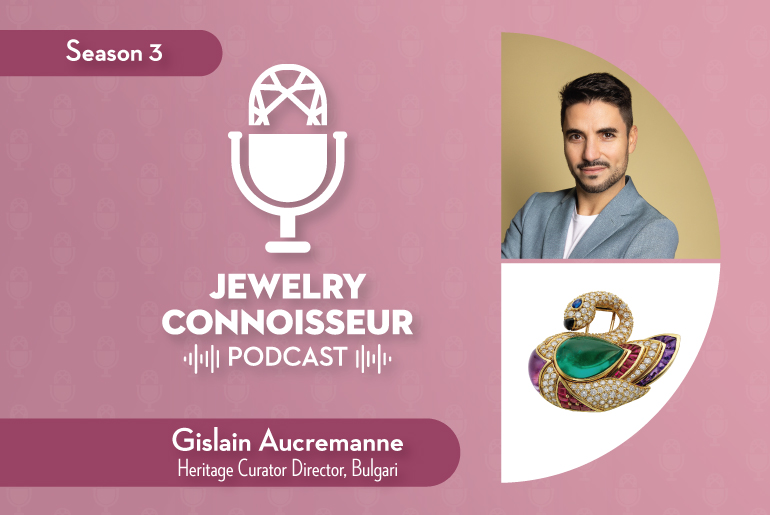

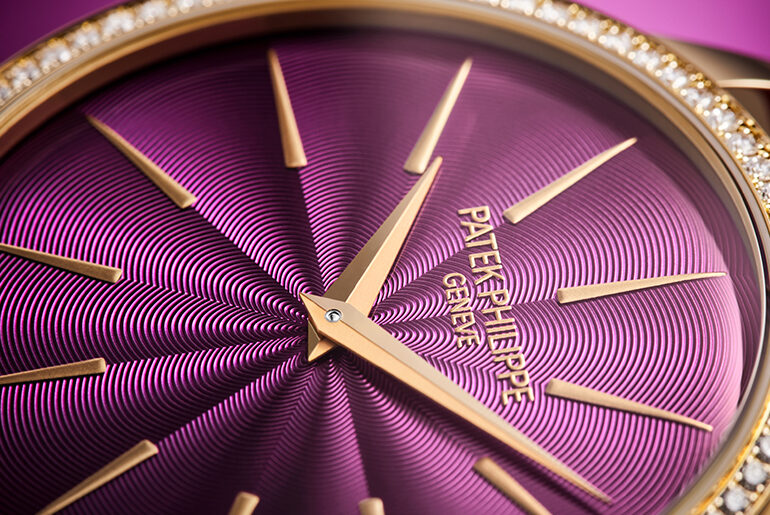
2 Comments
As a part of a known watch family, it’s ironic to see that what caused such turbulence in the watch industry with Quartz is now the very thing that nostalgia sustainability-loving millennials are avoiding because it’s no longer cool.
I have not checked in here for a while as I thought it was getting boring, but the last several posts are good quality so I guess I will add you back to my daily bloglist. You deserve it my friend 🙂